Subclass Neornithes Order Caprimulgiformes Scientific name Caprimulgus vociferus Rank Species | Phylum Chordata Infraclass Neognathae Family Caprimulgidae Higher classification Caprimulgus | |
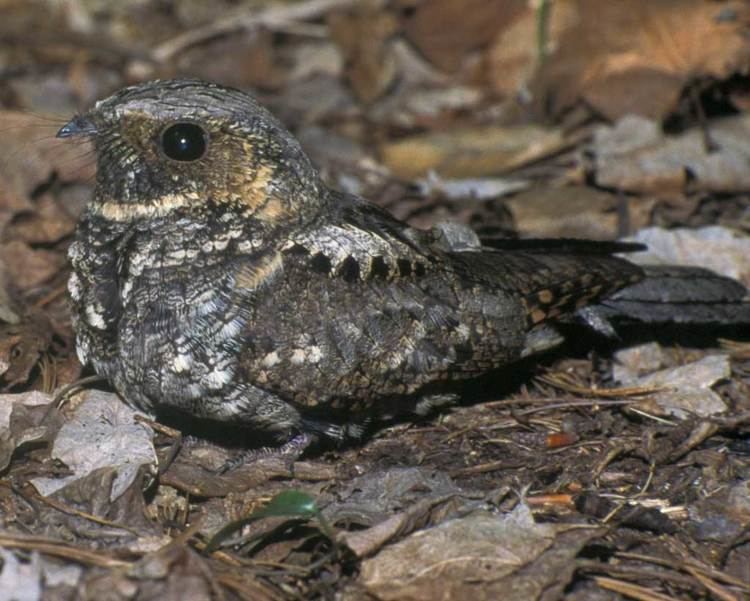 | ||
Similar Bird, Chuck‑will's‑widow, Nightjar, Common nighthawk, Caprimulgus | ||
For a good night s sleep the eastern whip poor will
The eastern whip-poor-will (Antrostomus vociferus) is a medium-sized (22–27 cm) nightjar from North America. The whip-poor-will is commonly heard within its range, but less often seen because of its superior camouflage. It is named onomatopoeically after its song.
Contents
- For a good night s sleep the eastern whip poor will
- Eastern whip poor will long lake county park kent co mi 6 may 2011
- Description
- Ecology
- References

Eastern whip poor will long lake county park kent co mi 6 may 2011
Description
This medium-sized nightjar measures 22–27 cm (8.7–10.6 in) in length, spans 45–50 cm (18–20 in) across the wings and weighs 42–69 g (1.5–2.4 oz). Further standard measurements are a wing chord of 14.7 to 16.9 cm (5.8 to 6.7 in), a tail of 10.5 to 12.8 cm (4.1 to 5.0 in), a bill of 1 to 1.4 cm (0.39 to 0.55 in) and a tarsus of 1.5 to 1.8 cm (0.59 to 0.71 in). Adults have mottled plumage: the upperparts are grey, black and brown; the lower parts are grey and black. They have a very short bill and a black throat. Males have a white patch below the throat and white tips on the outer tail feathers; in the female, these parts are light brown.
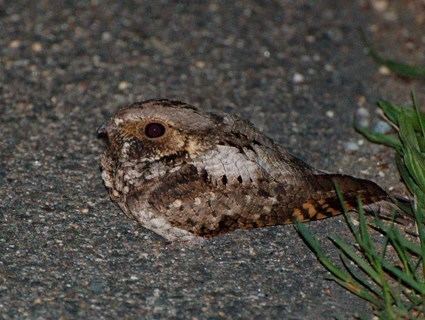
This bird is sometimes confused with the related chuck-will's-widow (Antrostomus carolinensis) which has a similar but lower-pitched and slower call.
Ecology
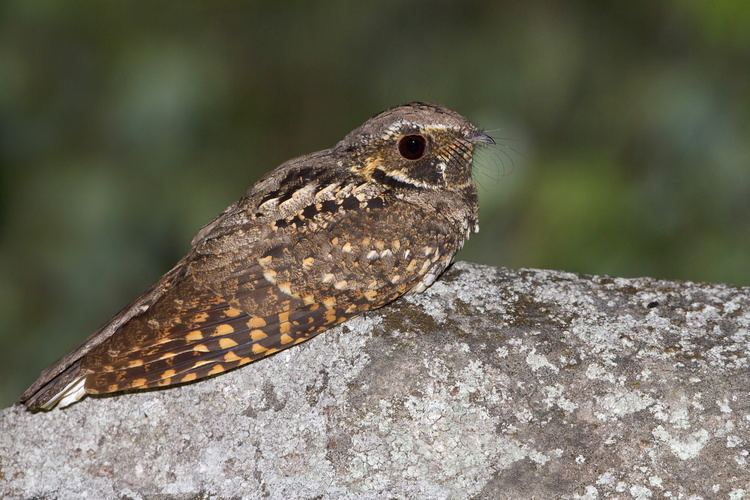
Eastern whip-poor-wills breed in deciduous or mixed woods across central and southeastern Canada and the eastern United States, and migrate to the southeastern United States and to eastern Mexico and Central America for the winter. These birds forage at night, catching insects in flight, and normally sleep during the day. Eastern whip-poor-wills nest on the ground, in shaded locations among dead leaves, and usually lay two eggs at a time. The bird will commonly remain on the nest unless almost stepped upon.
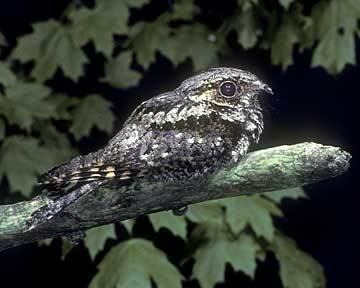
The eastern whip-poor-will is becoming locally rare. Several reasons for the decline are proposed, such as habitat destruction, predation by feral cats and dogs, and poisoning by insecticides, but the actual causes remain elusive. Even with local populations endangered, the species as a whole is not considered globally threatened due to its large range.
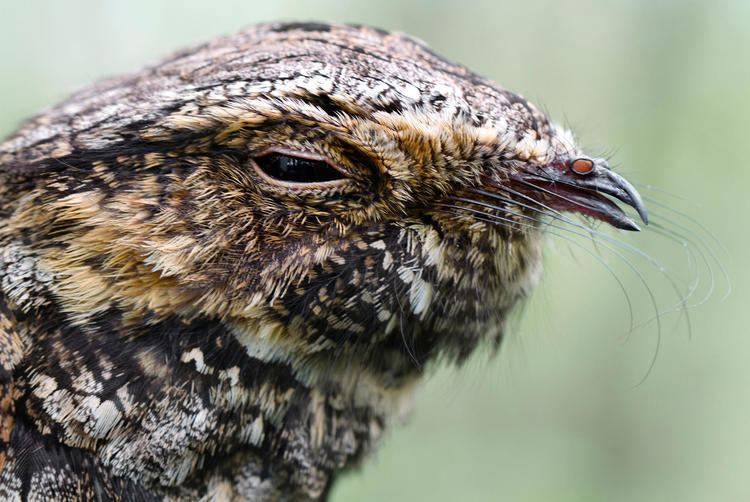
The whip-poor-will has been split into two species. Eastern populations are now referred to as the eastern whip-poor-will. The disjunct population in southwestern United States and Mexico is now referred to as the Mexican whip-poor-will, Antrostomus arizonae. The two populations were split based on range, different vocalizations, different egg coloration, and DNA sequencing showing differentiation.
